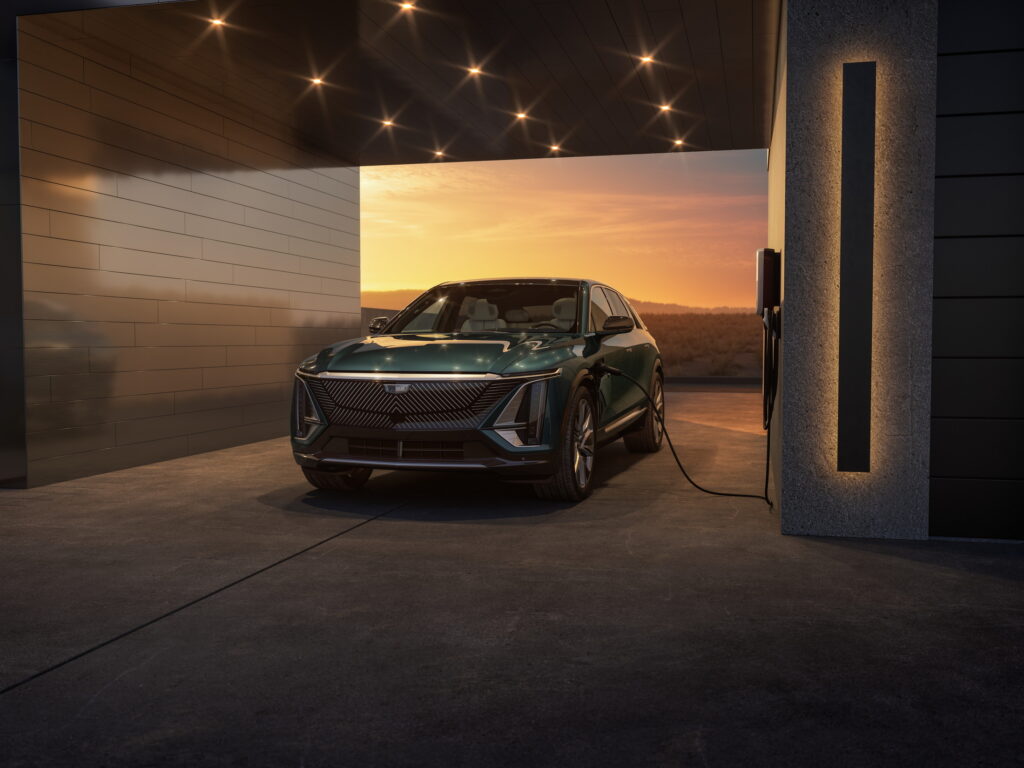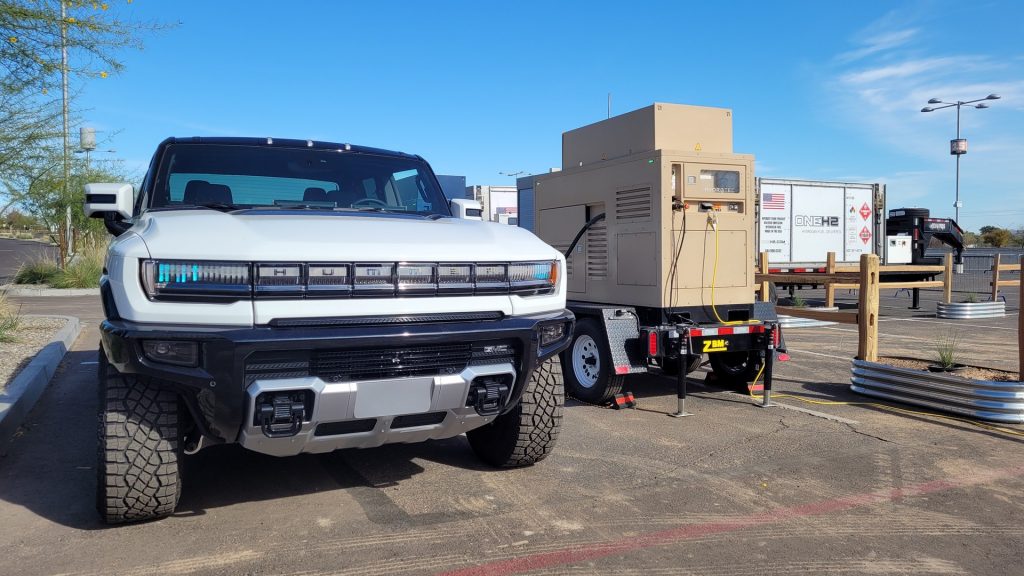Charging infrastructure got a huge boost in the arm this week thanks to an alliance between seven automakers. As a group, they’ll nearly double the amount of available chargers here in North America over the next few years. The hardware will include both CCS and NACS connectors and they’ll both support huge charging output.
In an effort to compare apples to apples it’s worth noting that the current third-generation Tesla Supercharger supports 250 kW. The fourth-gen version that we know is coming soon supports up to 350 kW output. That should take a significant chunk of time out of the charging experience for anyone plugged up to it.
The news breaking today though is that the chargers developed and installed by the abovementioned super-alliance will all support a minimum of 350 kW output with a maximum of 400 kW.
Read: New Details Emerge About Tesla’s V4 Supercharger Including 350 kW Charge Output

“The stations will have a minimum of 350 kW DC high-powered chargers with Combined Charging System (CCS) and North American Charging Standard (NACS) connectors,” a spokesperson for the JV confirmed to The Drive. That should future-proof the stations for a few years once they’re up and running.
Notably, not all EVs will be able to take full advantage of these super-high charging speeds. The vehicle itself will need to support that kind of juice and most Tesla models don’t. In fact, when we got wind that the Supercharger V4 supports 350kW it made us wonder if the Cybertruck will use 800v architecture.
If it does, it would be the first of its kind in the family (aside from the SEMI) to be capable of taking full advantage of higher charging speeds. That also foreshadows the vehicles we think will benefit most from huge charging outputs, namely, trucks.
As TheDrive rightly points out, larger EVs with bigger battery packs get the biggest upside when charging this fast. Because their packs are larger they can use that faster charging rate for longer than smaller packs as the charging speed on each end, empty and full, slows down a bit. It could even increase the efficacy of towing with an EV.





